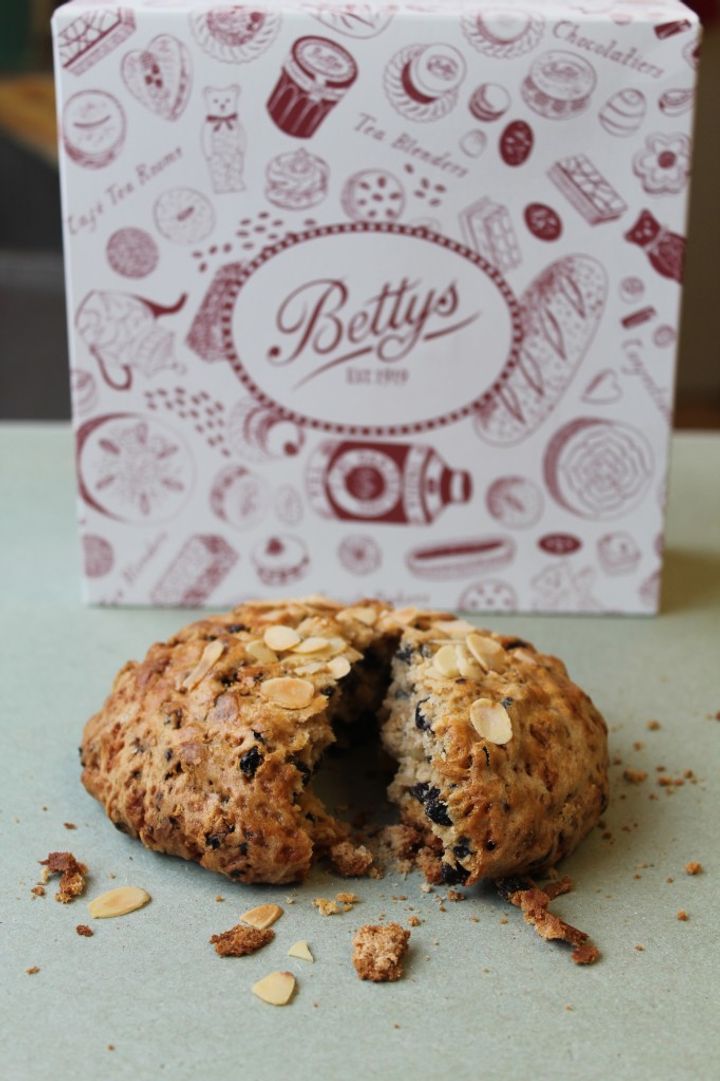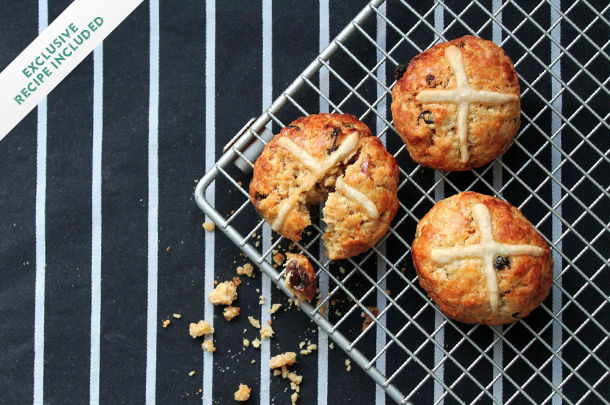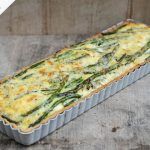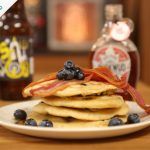Bettys’ bakery and Café Tea Rooms is one of Yorkshire’s regional treasures. Established in the 1900s, Bettys has long been associated with traditional British baking and there are now six branches across Yorkshire. I visited the one in Ilkley, West Yorkshire, one Saturday morning and was surprised to find that, for a slightly chintzy, olde-worlde-style tearoom, it was buzzing – crammed full of locals and tourists of many generations and nationalities.
Betty’s tearoom was, interestingly, not established by a Betty, or even a husband or son-of-a-Betty, but by Frederick Belmont, an immigrant orphan from Switzerland. Frederick, who had been travelling all over Europe honing his confectionary and patisserie skills, arrived in the UK having lost the full address of his destination. All he remembered was that it was near Bradford – so a kindly stranger apparently showed him the right train to take up to Yorkshire, and his adventure began, culminating in the opening of his first tearoom in Harrogate in 1919.
It was my love of this history and the generations-old recipes that drew me to visit Bettys. You might think this is odd, seeing as the cookies and cakes that we bake at Bee’s Bakery are known for their bold, colourful and modern designs, but when we bake for fun, we often go for something with a story – fruit scones being one of our favourites. Jamie’s awesome fruit scone recipe is a tried and tested one at the bakery.
I went into Bettys seeking the fat rascal – a tasty little cross between a scone and a rock cake that’s so synonymous with the brand that the company trademarked the name in 1996 and sells over 375,000 a year. The origin of the name isn’t as derogatory towards the buyer as it sounds – and the bun has a clever history. Allegedly it was dreamt up in Elizabethan times by thrifty bakers who didn’t want to waste leftover bits of dough at the end of their shift. These dough scraps were souped-up by the addition of spices and candied or dried fruit – the more exotic of which were considered luxury goods in the 1800s.

Several literary mentions of the fat rascal (some referring to the bun, and some probably not) include Shakespeare’s Henry IV, Charles Dickens’ Household Words magazine, and the 1855 “Glossary of Yorkshire Words and Phrases”, which I could have done with a copy of on my visit.
As it’s Easter this weekend, I decided to adapt the classic fat rascal recipe a little to bring out its hot cross bun-like qualities. I reduced the flour content a little, and added in some extra milk and spices to loosen the dough and give the taste some more punch. I also added the iconic crisscross shape on the top of the bun – and you know what, they taste fab.
Bee’s hot-cross fat rascals recipe
Makes 12
- 140g plain flour
- 140g self-raising flour
- 1 tsp baking powder
- 150g butter, cubed and chilled
- 100g golden caster sugar or soft brown sugar
- 150g currants/raisins/sultanas or other posh dried fruit such as blueberries
- 1 tsp cinnamon
- A pinch of grated nutmeg
- Zest of 1 orange or 2 clementines
- Zest of 1 lemon
- 2 large free-range egg yolk
- Around 75 ml full-cream milk (enough to loosen the dough so it’s a little like a scone mix)
- For the crisscross: a couple of dessert spoons of plain flour and a few drips of water (enough to make a really gloopy paste)
Method:
Preheat the oven to 180°C/350°F/gas 4. Mix the flours, baking powder, spices and chilled butter with your fingertips in a large bowl, until they resemble very fine breadcrumbs. Mix in the fruit, sugar and zest. Pour in 50ml of milk and one egg yolk, and stir until a soft scone-like dough forms. If the mixture is too dry, add in the rest of the milk. Try not to mix the dough too much – you want it to keep as light as possible.
Form the dough into round balls just smaller than a tennis ball – you should get at least 12. Using a pastry brush, swipe the tops generously with whisked egg yolk and, using a piping bag or a teaspoon, make a crisscross shape on top of each little bun with the gloopy paste. Bake for around 10 – 12 minutes, or until golden brown. Allow to cool slightly and serve split with some lovely butter. Some like to go the whole hog and try clotted cream and jam, so whatever floats your boat!
NB. Like scones, these little bakes don’t have a very long shelf life, so when your buns go stale, or if you have a ton of hot cross buns left over following Easter, I reckon this little gem, bun and butter pudding, from Jamie might do the trick!























